Not Your Typical Classroom: Live and Learn en Provence
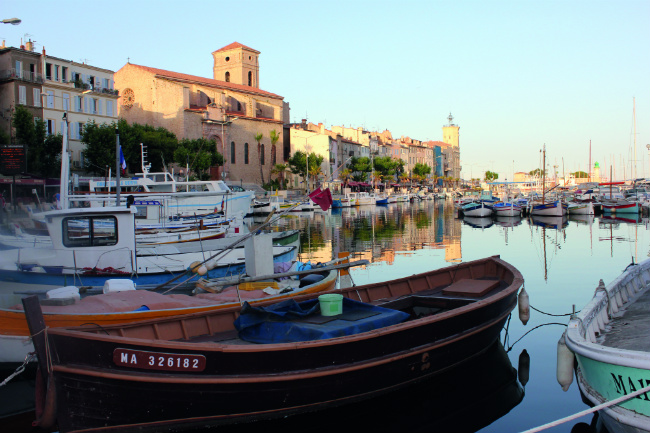
If you want to learn French, properly, you will need to put some work in, but, as Dominic Bliss discovered, that doesn’t mean you can’t enjoy yourself at the same time
This is not your typical classroom. I’m standing in the cockpit of a speedboat, zipping across the bay of Marseille at about 50 knots while my French teacher, Brigitte Miramont, corrects my subjunctive verbs. On the starboard side are Marseille’s famous rocky inlets, known as Les Calanques. Ahead of me I can just make out the Château d’If, the island fortress immortalised in Alexandre Dumas’s novel The Count of Monte Cristo. I seriously doubt whether Dumas’s hero, Edmond Dantès, was worrying about his subjunctive verbs when he staged his daring escape from this prison island.
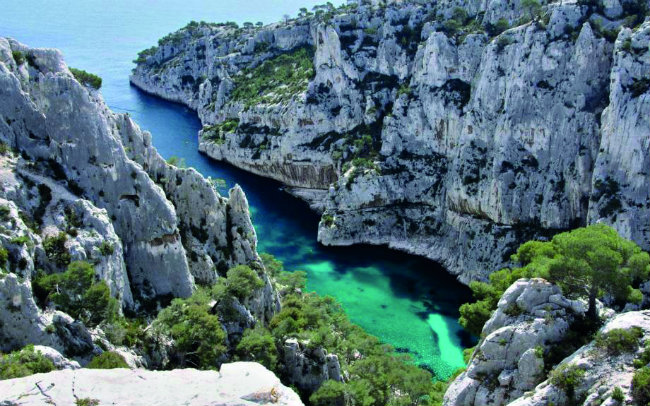
Calanque d’En Vau. Photo: Brigitte Miramont
But that’s exactly the point of Brigitte’s language teaching programme (called Live and Learn en Provence). You learn French while living like a local. “The opportunities to immerse yourself in my country’s culture and language are numerous and varied,” Brigitte explains. “The learning is customised to your needs and interests, mixing lessons, sightseeing, cultural activities and sport.”
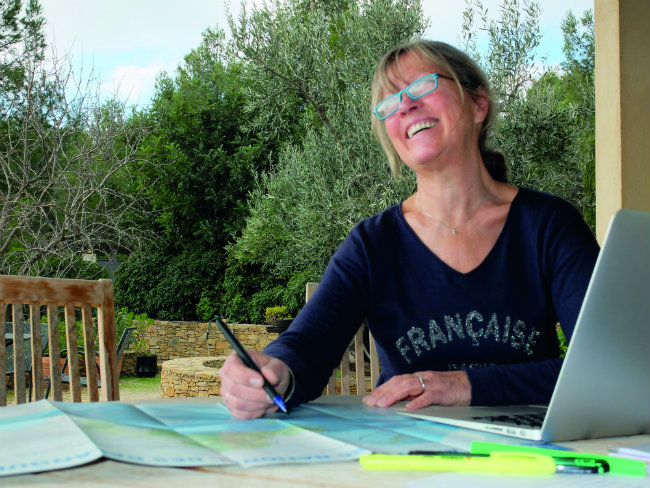
Brigitte Miramont of “Live and Learn en Provence”
RESIDENTIAL BREAKS
Established only last year, Brigitte’s programme offers one-person or two-person residential breaks in her own home, a villa with swimming pool in the hills above La Ciotat [also home to Dernier Mot columnist Kristin Espinasse], about 25 kilometres east along the coast from Marseille. Students of any level, from beginner to expert, aged 16 and above, normally work with Brigitte on their language skills for three hours in the morning and spend the afternoon pursuing whatever local activity happens to float their boat (in my case, literally). Brigitte acts as guide. “You cannot teach someone if they’re not motivated,” says this woman with more than 30 years’ experience teaching modern languages at secondary and university level.
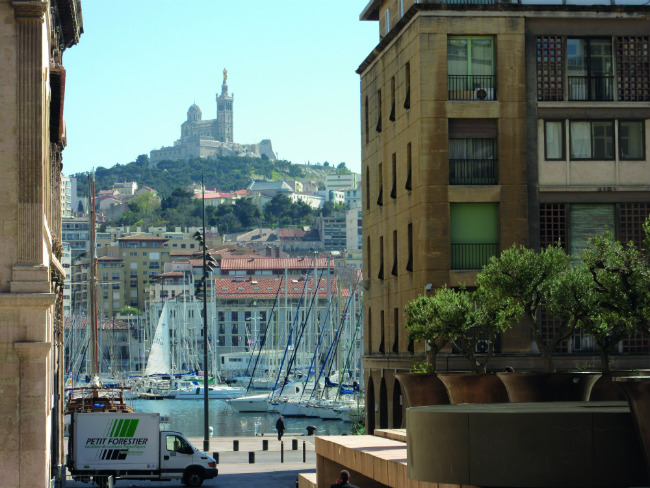
The old town of Marseille. Photo: Brigitte Miramont
What enables her to steal a march on the hundreds of other language schools dotted around France is that she can be totally flexible to her students’ needs. If they prefer to crack those subjunctive verbs while sunning themselves by the pool with a beer, then so be it. If they’d rather fine-tune their vocabulary while walking through Les Calanques, then Brigitte will happily strap on her hiking boots and join them.
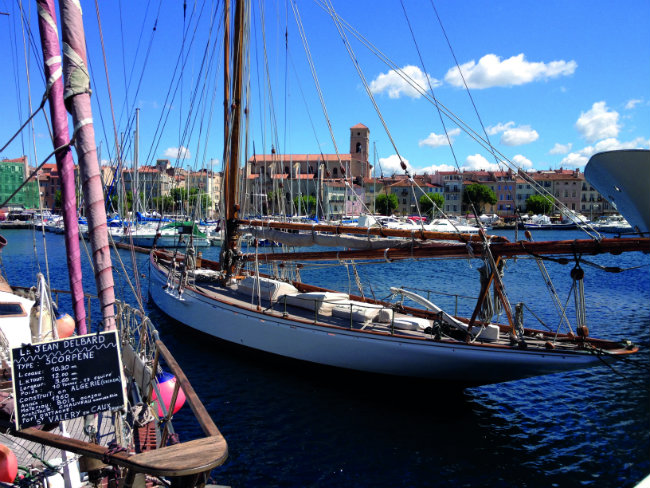
La Ciotat. Photo: Dominic Bliss
Hence my speedboat excursion. It was one of several outdoor activities she had offered me. At the helm was Brigitte’s son-in-law, ensuring I got to see the best that Marseille’s seafront had to offer. The knots turned right down, we motored into a tiny inlet called Anse des Auffes, where some of the city’s more expensive restaurants overlook a very cute rectangular harbour.
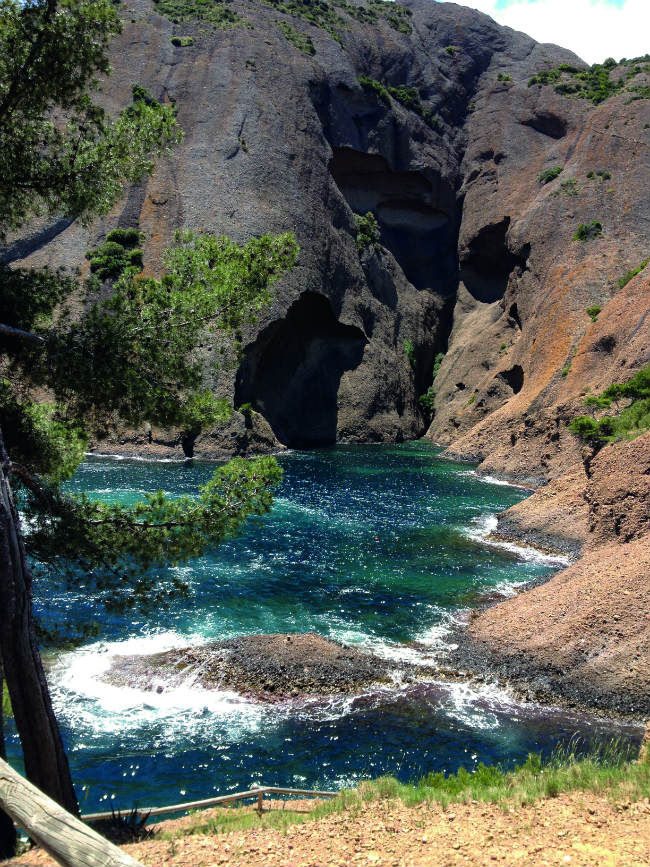
Visit the famous Calanques, by land or sea, with “Live and Learn en Provence”
We glided past the Îles du Frioul and cruised into the small area of water between Fort Saint-Jean and Marseille’s hyper-modern museum MuCEM. Finally, we made a brief tour of the Vieux Port, the city’s central port and marina. Earlier that day, Brigitte and I had picnicked on the beach of one of Marseille’s numerous calanques. It was January, and way too cold to swim. But, she told me, previous students, in warmer months, had leapt in with gusto.
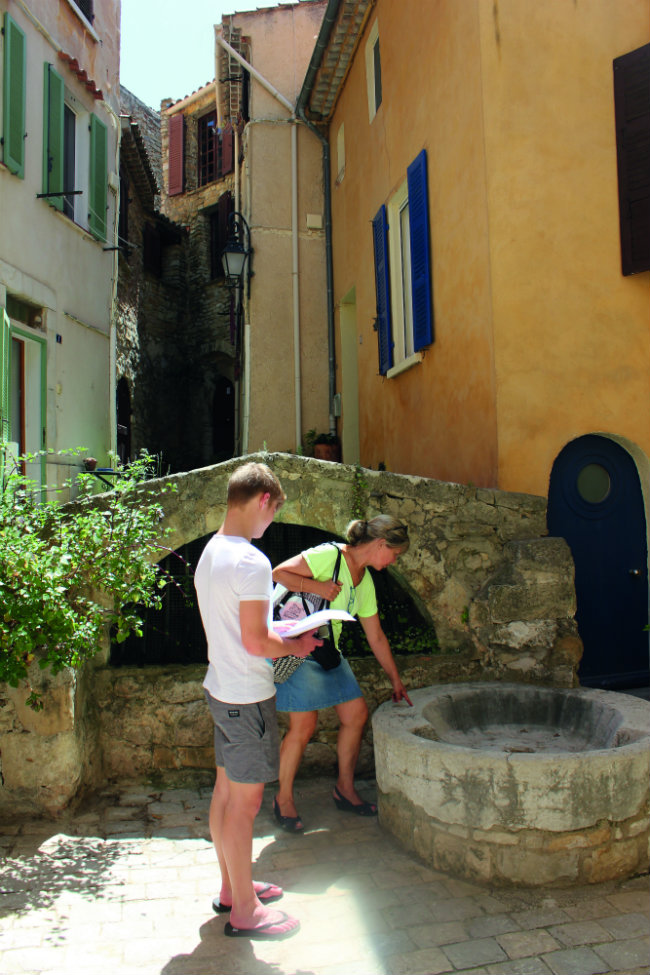
Brigitte and a pupil named Sam
CULTURAL IMMERSION
My cultural immersion wasn’t all boats and beaches, however. In the morning I’d put in some hours in the classroom, too. With French folk music playing in the background and winter sun spilling in from the terrace, Brigitte had me discussing the work of French writer Jean d’Ormesson, the ins and outs of Gallic slang on social media, and email language etiquette – all invaluable stuff for a journalist on France Today magazine.
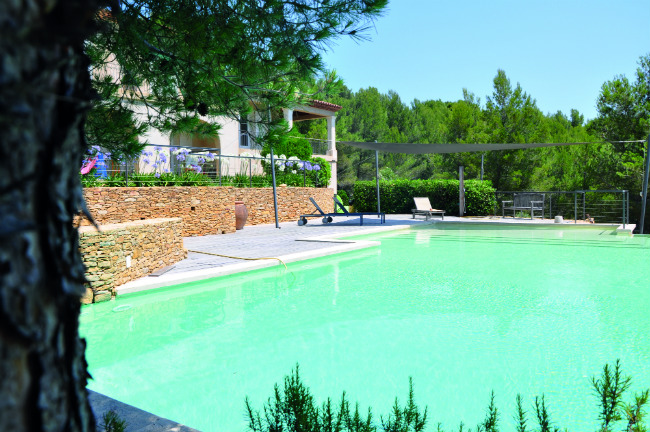
Brigitte’s villa has a swimming pool
She explained how many of her students, like me, require specialised vocabulary and language skills. “My teaching must correspond to your needs. If you’re a doctor or an airline pilot, you’ll need a specific vocabulary. If you love cooking and you want to do a cooking course with me while you’re here, then we can address culinary language while we cook the food. Perhaps you’re a wine expert and you want to study wine here in Provence. You’ll need to work on your oenological vocabulary in the mornings, and then we can organise guided visits to vineyards and winemakers in the afternoons.”
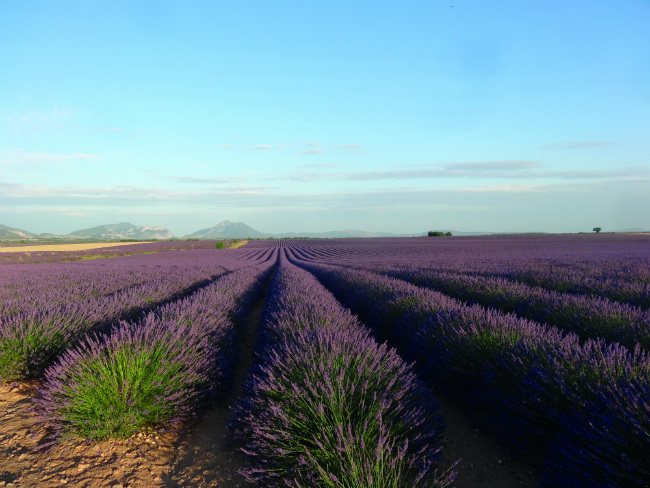
A visit to the lavender fields. Photo: Live and Learn en Provence
The other local activities she suggests sound as fun as they are varied: tennis, golf, horse riding, windsurfing, history, nature, shopping, arts, crafts, music, food or wine. “I’ll make sure my programme lives up to your dream,” she boasts on her website.
Granted, this kind of home-stay language learning is nothing new. There are similar holidays all over France. In the village of Bourdil Blanc, not far from Bergerac, you’ll find French in the Dordogne offering “half the day in class, half the day on trips, all the time in French”. Kinder Exchange in Fontainebleau provides home-stay courses for youngsters aged 11 to 18. Other schools, such as French Summer Classes in Cannes, or Immersion France in Suèvres, in the Loire Valley, offer lessons during the day and arrange home-stay accommodation with families nearby.
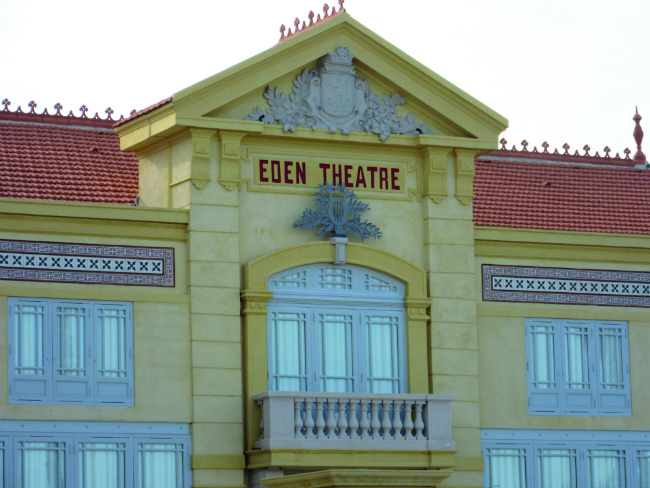
The Eden Theatre at La Ciotat, the world’s first public cinema. Photo: Fotolia
Some schools pair their language learning with a local activity. Alpine French School in Morzine, for example, offers classroom lessons for half the day and, depending on the season, skiing, snowboarding, mountain biking or rock climbing for the other half. Parfum de France in Fontevraud-l’Abbaye, again in the Loire Valley, combines lessons with cookery courses or wine tasting.
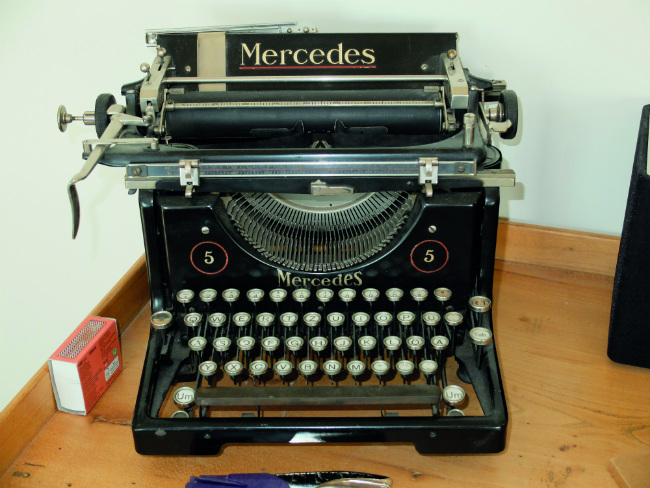
Photo: Dominic Bliss
Then there are the traditional language schools, where teaching is mainly classroom-based. These range from the very small and the very boutique all the way up to the huge and long-established. In this latter category you have the likes of Alliance Française, with its headquarters in Paris; Centre International d’Études des Langues, in Strasbourg; and Bordeaux International School.
But, of course, the bigger the school, the less personal the touch. Back at Live and Learn en Provence, Brigitte stresses how her style of teaching differs radically from that offered in these behemoth language schools. You simply don’t get the same level of attention in a classroom full of other students as you do when it’s one-on-one tuition.
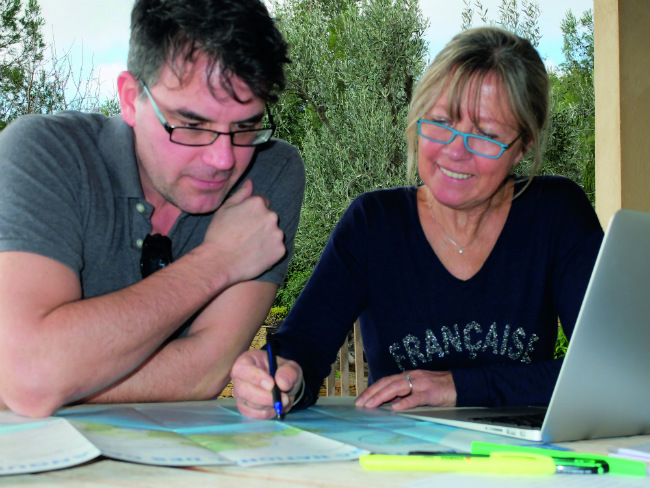
Dominic Bliss studying French with Brigitte Miramont
Our speedboat ride over, Brigitte and I head into the centre of Marseille for drinks and dinner. My initial suggestions of restaurants in the touristy area around Le Vieux Port are quickly (and probably wisely) rejected. Eventually she insists on an Italian restaurant on the famous Cours Julien called La Cantinetta. It’s very busy and we have to wait for a table.
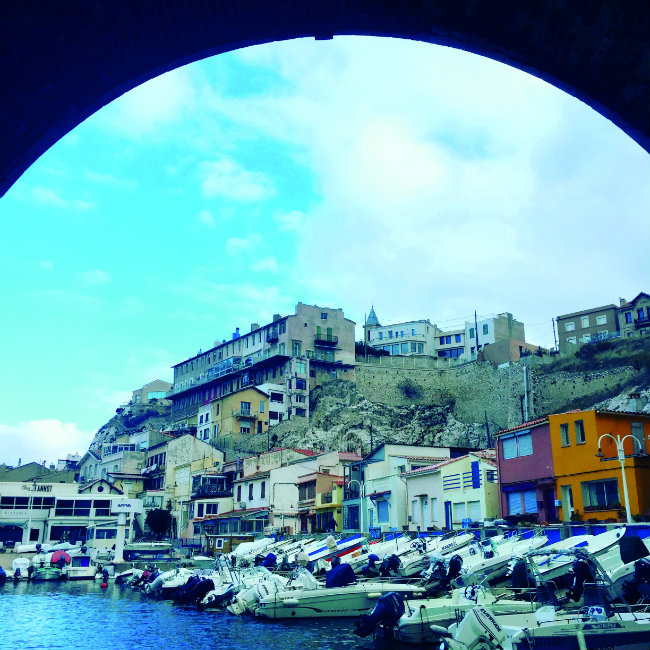
You can learn French on a speedboat with “Live and Learn en Provence.” Photo: Dominic Bliss
Finally we are seated. The lighting and the atmosphere are perfect. All around me, Marseillais both young and old are chatting and laughing while they quaff their wine and scoff their Italian food. Without an iota of self-consciousness, the waiter rattles through the specials at full volume, describing each dish with a theatrical flourish. Brigitte, meanwhile, is testing me on the idioms and phrases she taught me earlier in the day.
As I tuck into my pumpkin risotto and pichet of vin rouge, I understand the full meaning of total language and cultural immersion.
Dominic Bliss travelled from London to Marseille with Voyages SNCF (website: https://www.oui.sncf; Tel. 0844 848 5848). Prices start at £120 return. He stayed and studied at Live and Learn en Provence, where prices for a seven-day, half-board home-stay course start at €1,400 per person.
From France Today magazine
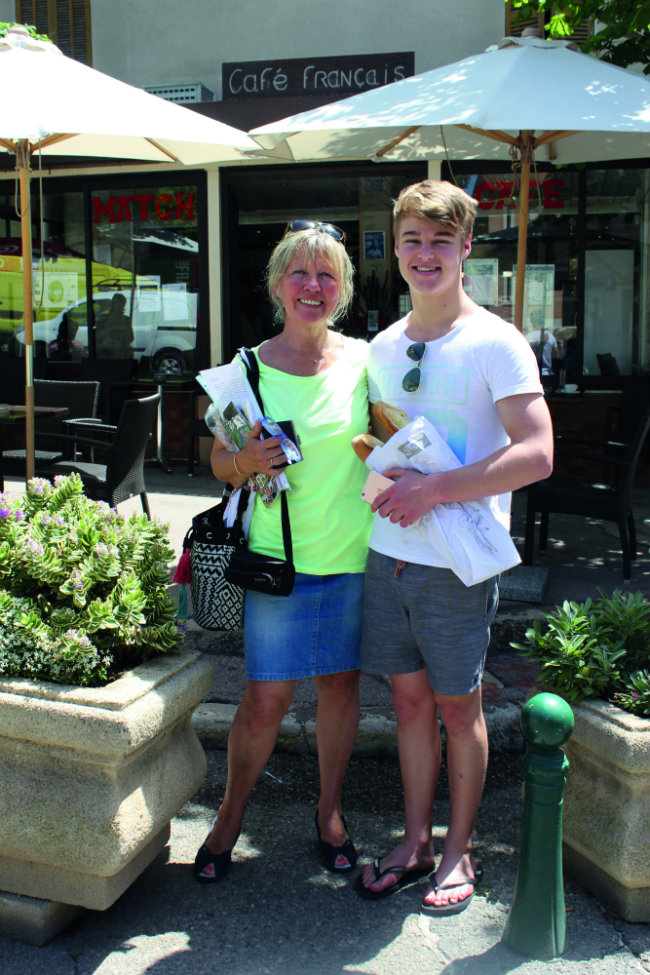
Brigitte of “Live and Learn en Provence” with another student Sam
Share to: Facebook Twitter LinkedIn Email
Leave a reply
Your email address will not be published. Required fields are marked *

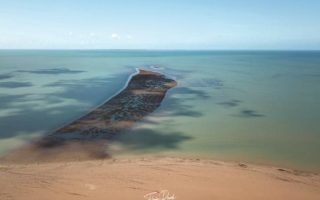
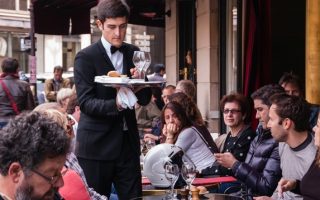
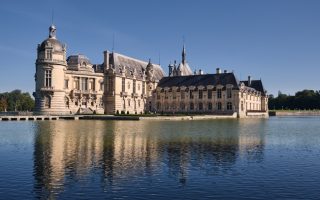
REPLY
REPLY